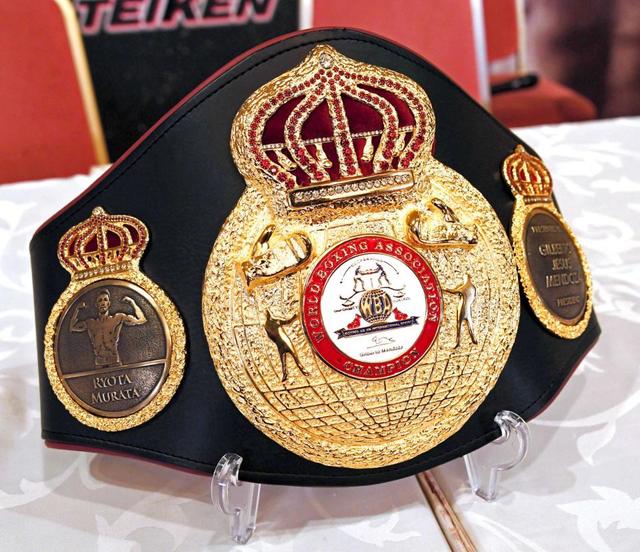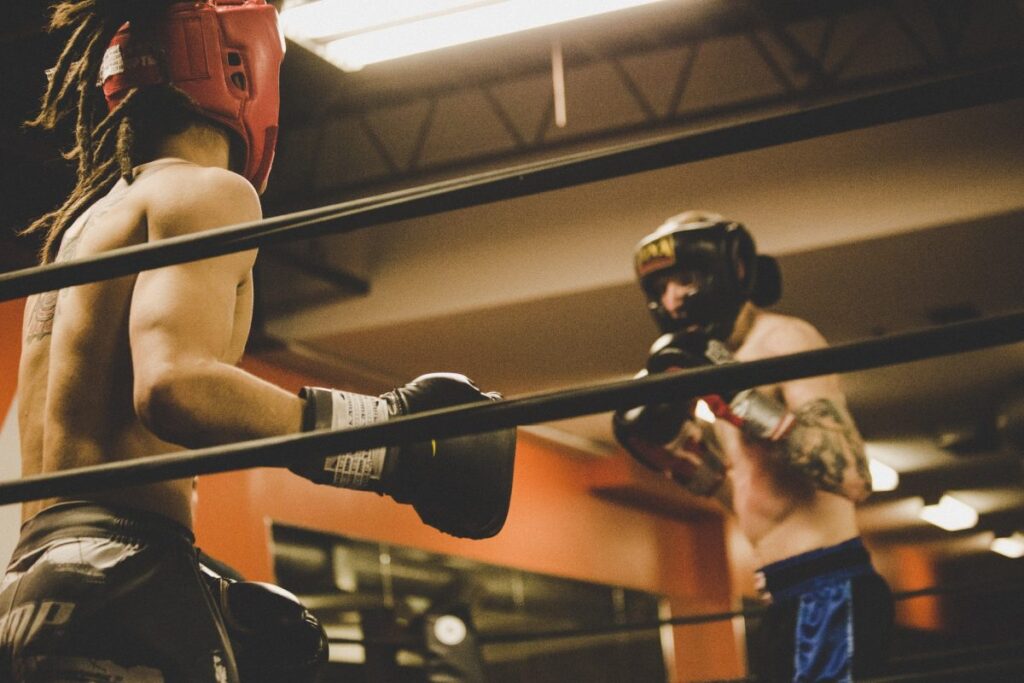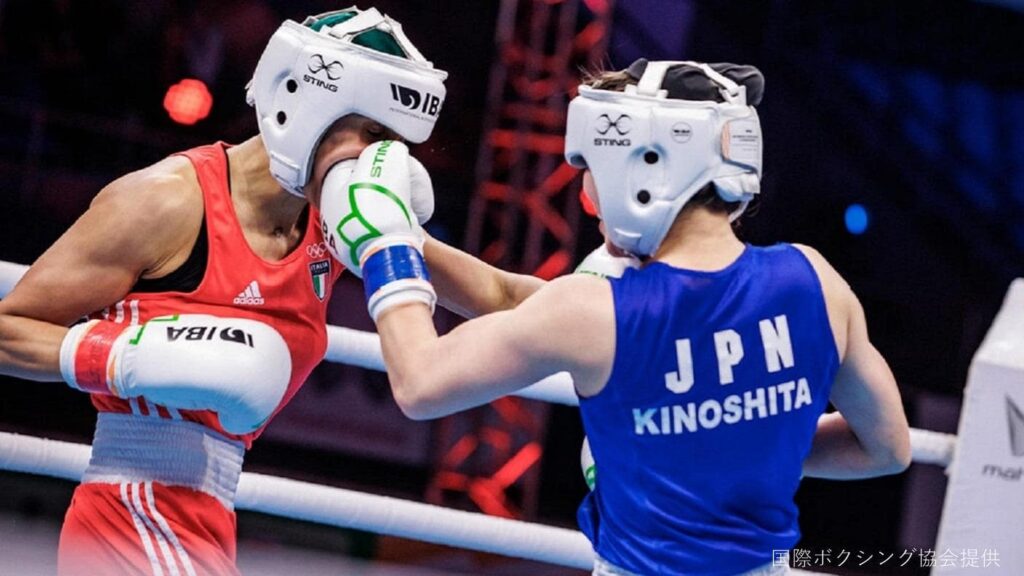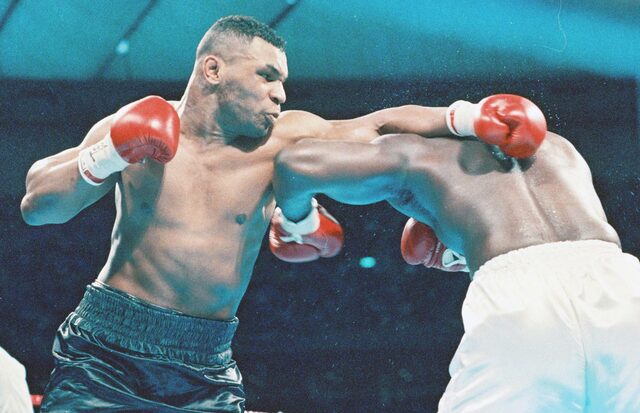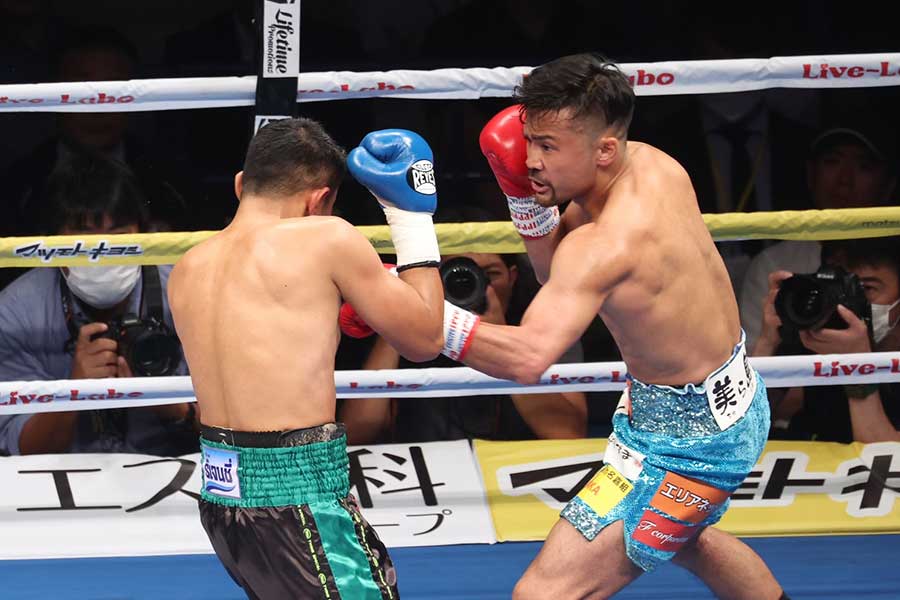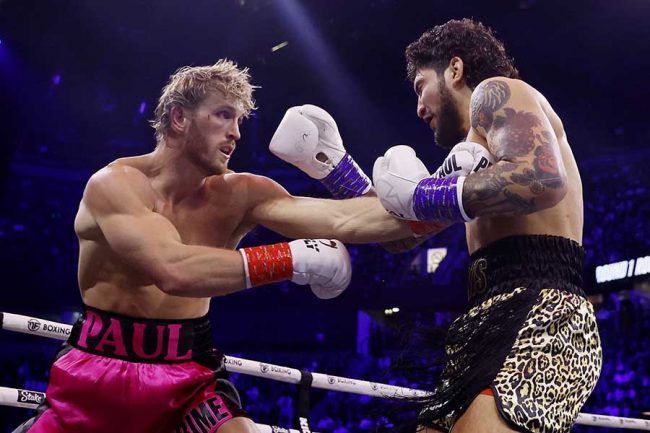
Boxing, often referred to as “the sweet science,” is a sport rich with history, strategy, and intense competition.
Each boxing match is divided into segments known as rounds, which are pivotal not only to the structure of the fight but also to the strategies employed by boxers and their coaches.
The duration of these rounds can vary depending on the level of competition, the gender of the participants, and the rules of different boxing organizations.
Understanding how many minutes are in a boxing round is crucial for anyone involved in the sport, from the athletes themselves to the fans cheering them on.
In this article, we will delve into the specifics of round durations across various boxing formats and explore how these time frames influence the dynamics of the sport.
目次
- 1 What Defines a Boxing Round?
- 2 Detailed Breakdown of Professional Boxing Round Lengths
- 3 Amateur Boxing Round Times: A Comparative Analysis
- 4 Special Cases and Exceptions in Round Durations
- 5 The Impact of Round Duration on Boxing Strategy
- 6 Boxing Safety and Round Duration
- 7 FAQs: Common Questions About Boxing Rounds
What Defines a Boxing Round?
A boxing round is a fundamental unit of time in a boxing match, serving as a structured interval during which boxers actively compete before taking a short break.
Each round is defined by a strict duration, which is monitored by an official timekeeper.
The purpose of these rounds is to segment the match into phases, allowing fighters to execute their strategies while also providing necessary recovery periods.
This structure is essential in both professional and amateur boxing, as it influences the pacing, strategy, and scoring of the fight.
Official Duration of Rounds in Different Boxing Formats
In professional boxing, rounds typically last three minutes, with a one-minute interval between rounds.
This duration is standard across major boxing organizations like the WBA, WBC, IBF, and WBO.
In contrast, amateur boxing rounds are shorter, generally lasting two minutes for men and four rounds of two minutes each for women, reflecting the emphasis on speed and scoring within a shorter timeframe in amateur competitions.
Olympic boxing also follows the amateur format, with rounds lasting three minutes for men and two minutes for women.
These variations in round duration are designed to suit the different physical demands and strategic approaches characteristic of each boxing level, from amateur bouts to professional world title fights.
Understanding these differences is crucial for fans, athletes, and coaches alike, as it affects how fighters train for stamina and strategy, and how spectators appreciate the tactical nuances of boxing matches.
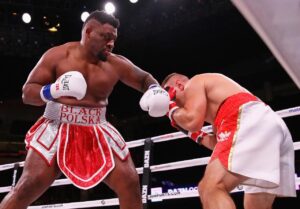
Detailed Breakdown of Professional Boxing Round Lengths
Men’s Professional Boxing Rounds
In men’s professional boxing, the standard round duration is set at three minutes, a convention that has been in place for many decades.
This three-minute round applies across the various global boxing organizations such as the World Boxing Association (WBA), World Boxing Council (WBC), International Boxing Federation (IBF), and World Boxing Organization (WBO).
These organizations adhere to the three-minute standard to ensure a uniform competition structure that is recognized worldwide, contributing to the comparability of titles and championships across different regions and promoters.
Women’s Professional Boxing Rounds
For women’s professional boxing, the round durations have historically been shorter, typically lasting two minutes.
This difference was initially established under the assumption that shorter rounds would be safer and more suitable for female boxers.
However, there has been a growing movement within the sport to standardize women’s rounds to three minutes, similar to men’s boxing.
Proponents of this change argue that equal round durations reflect the equal capabilities and endurance of female athletes and are pushing for uniformity to enhance competitive fairness and provide women with equal opportunities to demonstrate their skills in the ring.
These round durations in professional boxing not only affect the physical demands placed on the athletes but also shape the strategic elements of training and fight preparation.
Understanding the nuances of round timing is crucial for anyone involved in the sport, from the athletes and coaches to the fans who follow the sport closely.

Amateur Boxing Round Times: A Comparative Analysis
Men’s Amateur Boxing
In men’s amateur boxing, the round durations are structured to accommodate different age groups and skill levels.
Typically, adult amateur bouts consist of three rounds, each lasting three minutes, with a one-minute rest between rounds.
This setup is designed to test both the skill and the stamina of the boxers while maintaining a fast-paced and dynamic contest.
For younger participants, particularly in junior competitions, rounds are often shorter—typically two minutes in length—to align with the developmental considerations and safety of younger athletes.
These variations ensure that amateur boxing remains accessible and appropriate for a wide range of ages and experience levels.
Women’s Amateur Boxing
Women’s amateur boxing has seen significant regulatory changes in recent years, particularly concerning round duration.
Historically, women competed in four rounds of two minutes each, a structure that mirrored early professional women’s boxing regulations.
However, in a move towards standardization and equality with men’s amateur boxing, there has been a shift towards adopting three-minute rounds.
This change reflects an evolving recognition of female athletes’ capabilities and a push towards parity in sports.
The adoption of longer rounds in women’s amateur boxing not only challenges the athletes to enhance their strategic and physical preparedness but also aligns the sport more closely with Olympic standards and professional expectations.
These adaptations in round times for both men’s and women’s amateur boxing are crucial for the sport’s development, ensuring that it remains competitive, fair, and engaging for all participants.

Special Cases and Exceptions in Round Durations
Championship Fights and Main Events
In professional boxing, championship fights and main event bouts typically adhere to the standard round duration of three minutes for men and two or three minutes for women, depending on the governing body and the evolution towards standardization in women’s boxing.
However, the number of rounds can vary significantly in these high-profile events.
Championship and main event bouts often feature 12 rounds, compared to non-title fights which might only consist of 4, 6, or 8 rounds.
This extension in the number of rounds is designed to test the endurance and skill of the boxers at the highest level, making for a more demanding and strategically complex fight.
Variations in Different Countries
Round durations in boxing can also vary by country, especially at the amateur level, where local boxing associations might adjust rules to better fit regional preferences or developmental goals. For example, some countries might implement shorter rounds for amateur fights to emphasize speed and technique over physical endurance.
In regions where boxing is particularly popular and culturally significant, such as in parts of Latin America and Asia, local tournaments might feature variations in round length and number to accommodate different styles of fighting or to align with local sporting traditions.
These variations are crucial for adapting the sport to local contexts, making it more accessible and appealing to diverse populations.
These special cases and exceptions in round durations highlight the flexibility within the sport of boxing to adapt to the needs and preferences of its diverse global audience while maintaining a core set of standards for high-profile competitions.

The Impact of Round Duration on Boxing Strategy
Training Implications
The duration of rounds in boxing significantly influences a boxer’s training and preparation strategies.
Coaches and athletes must tailor their conditioning programs to ensure fighters can maintain high energy levels and sharp technical skills throughout each round.
For shorter rounds, such as those in amateur boxing, training focuses more on speed and explosive power, enabling boxers to deliver quick, impactful combinations within the limited time. Conversely, in professional boxing, where rounds are longer, training regimes emphasize endurance and stamina, preparing boxers to manage their energy across more extended periods while still being able to execute effective strategies late into the fight. Additionally, mental endurance training becomes crucial as fighters must stay focused and tactically aware for longer durations.
Fight Strategy and Stamina
The number of minutes per round also dictates how fighters adjust their strategies during actual matches.
In shorter rounds, boxers often adopt an aggressive approach from the start, aiming to score points quickly and decisively.
This strategy is effective in amateur matches where scoring is more frequent, and judges favor visible activity and point-scoring blows.
In professional bouts with longer rounds, fighters must pace themselves, managing their physical output to avoid fatigue in later rounds.
This pacing allows for more strategic depth, as boxers can set traps, adapt to their opponent’s style, and conserve energy for critical moments.
Stamina training, therefore, becomes a pivotal part of preparation, ensuring fighters can maintain a high level of performance throughout the fight, adjusting their tactical approach as the match progresses based on their conditioning and the round’s duration.
Understanding and adapting to the implications of round duration is essential for any boxer looking to compete effectively, whether on an amateur or professional stage.

Boxing Safety and Round Duration
Safety Protocols and Round Length
The relationship between round duration and boxer safety is a critical concern within the sport.
Shorter rounds are often considered safer because they limit the duration of exposure to potential head trauma and physical fatigue, which can lead to more severe injuries.
In recent years, there has been significant discussion and some regulatory changes aimed at improving safety by adjusting round durations.
For example, debates around extending women’s boxing rounds to match those of men’s professional bouts include considerations of equal opportunity as well as safety implications.
The adjustment aims to balance the competitive integrity of the sport with the physiological demands placed on athletes, ensuring that safety protocols are not only adhered to but also evolve with our understanding of sports science and medicine.
Historical Changes and Their Reasons
The evolution of round durations in boxing reflects changes in both the sporting regulations and the understanding of athlete health.
Initially, boxing matches continued until one fighter could no longer fight, with no set round limits.
This changed in the late 19th century with the introduction of the Marquess of Queensberry Rules, which standardized the number of rounds and introduced timed rounds to the sport.
These changes were primarily motivated by a desire to make boxing more respectable and systematic but also began to address concerns about the brutal and sometimes lethal nature of unlimited fights.
As the sport has evolved, so too have the rules around round length, influenced by ongoing research into sports-related injuries and a growing emphasis on athlete safety.
These adjustments serve to make boxing more appealing and accessible by mitigating some of the inherent risks of the sport.

FAQs: Common Questions About Boxing Rounds
Why Are Professional Rounds Longer Than Amateur Rounds?
The difference in round durations between professional and amateur boxing is primarily driven by the objectives and physical demands of each level.
Professional boxing rounds are typically three minutes long, which allows fighters more time to strategically engage and showcase their skills, contributing to a deeper, more tactical bout.
This duration also tests the endurance and technique of athletes under the rigorous conditions typical of professional contests. In contrast, amateur boxing often features shorter rounds—usually two to three minutes—designed to emphasize speed, safety, and technical proficiency over stamina.
This setup is particularly aimed at protecting younger or less experienced fighters while promoting a fast-paced style that is suitable for scoring in a point-based system, which is prevalent in amateur competitions.
Can Round Durations Vary By Fight or Agreement?
In certain types of boxing matches, such as exhibition matches or special charity events, the duration of rounds can indeed be adjusted by agreement between the participating parties.
These alterations are typically negotiated to suit the specific circumstances of the event, such as accommodating older fighters or celebrities who are not professionally trained boxers.
In exhibition matches, for example, organizers might opt for shorter rounds to reduce the physical strain on participants and to keep the event entertaining and accessible for a broad audience.
Additionally, in some professional bouts, especially those involving highly marketable fighters, round lengths might be subject to negotiations as part of the fight’s contractual arrangements, although this is less common and usually adheres closely to regulatory standards to maintain the integrity and fairness of the competition.
